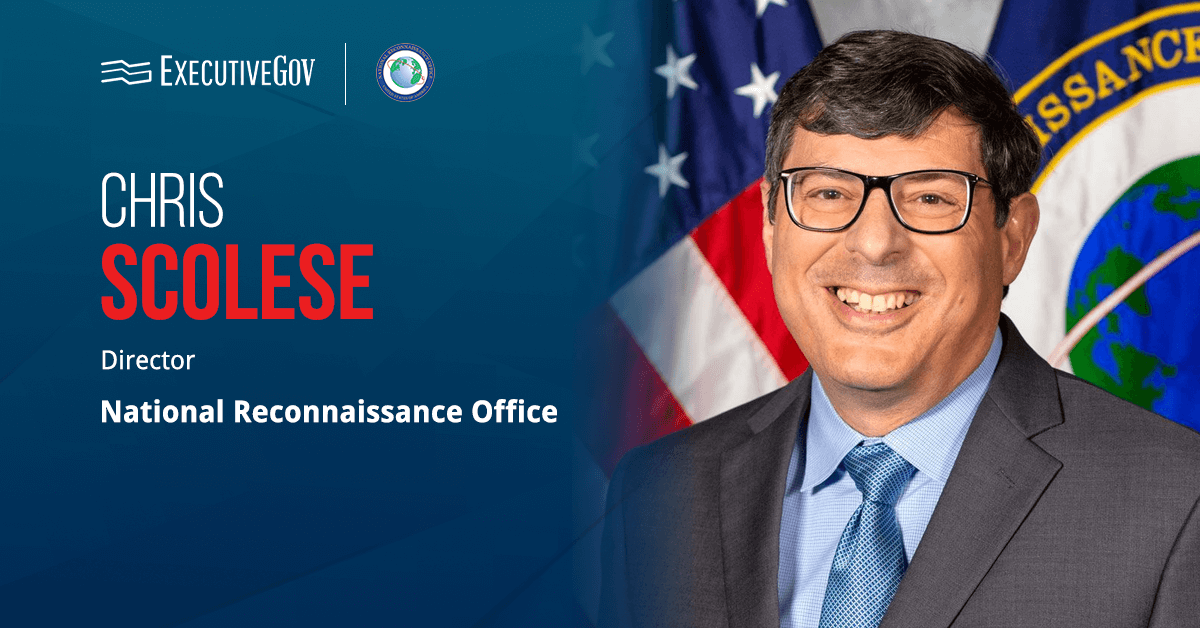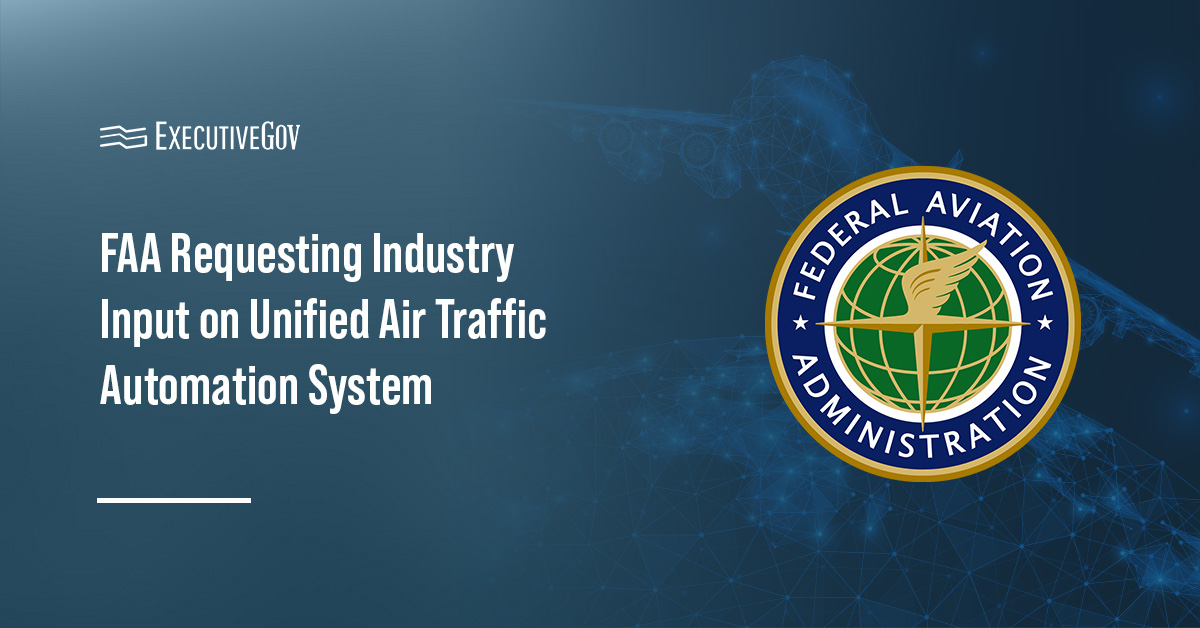Broader engagement with the commercial technology sector is driving a shift in how the National Reconnaissance Office develops and fields new capabilities, said Chris Scolese, NRO director and a five-time Wash100 winner, at a conference hosted by the Center for Strategic & International Studies and the Hudson Institute on Thursday.
How Is Commercial Industry Changing NRO Operations?
He particularly noted how lower launch costs and more frequent access to orbit are enabling the agency to deploy spacecraft at a faster and more frequent rate.
“When launch was expensive, you didn’t want to put a cheap thing on an expensive booster,” the intelligence leader explained. “Now, we can put spacecraft up there at a higher pace, with shorter lives, to demonstrate technologies, demonstrate capabilities, and really allow us to mature those things that we’re going to want sometime in the future. But we don’t want to wait years and years. We want to get that proven now so the community can see the value of whatever technology it is.”
Lower launch costs also supported the NRO’s shift toward a proliferated architecture, which is meant to enhance resilience from adversary attacks through shorter revisit times, more frequent observational persistence and faster data transmission.

The Potomac Officers Club’s 2026 Defense R&D Summit on Jan. 29 will host a panel on advancing capabilities for space defense featuring leaders from government, military and industry. Click here to purchase your tickets to the upcoming GovCon event.
The agency has placed over 200 satellites in orbit over the past two years.
In September, NRO and the U.S. Space Force Space Launch Delta 30 sent satellites to orbit on a SpaceX Falcon 9 rocket. The mission, dubbed NROL-48, marked NRO’s 11th proliferated architecture mission and the fifth proliferated launch of 2025.
NRO has more space launches planned through 2029.





